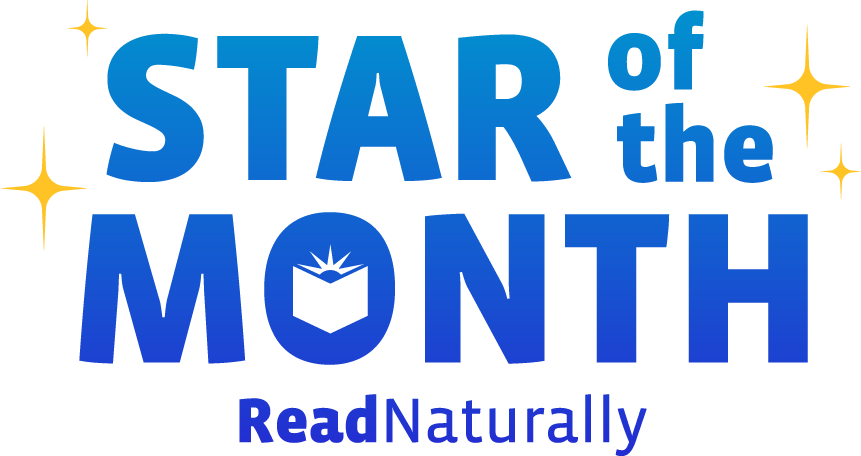Comprehension gives the act of reading a purpose and opens the door to enjoyment of reading. Indeed, deriving meaning from text is why we bother reading at all! Yet comprehension can be a struggle for any student, but often it’s especially challenging for multilingual students. What can we do to set them up for success in Read Naturally Live and Read Naturally Live—Español?
Read more Regardless of where kids are on their reading journey, there are countless ways to keep them reading all winter long. Here are some easy ideas for kids to try at home or for teachers to incorporate into the classroom. The free printables in this post will also make a great packet to send home over winter break!
Read more Many students need extra phonics support to build a solid foundation for reading success. Developing solid phonics skills can be a long journey, with students in the same groups or classes each requiring focus on different elements and needing varying levels of support. Teachers face the challenge of addressing each student’s unique needs within the same classroom, often with limited time built into their schedule to do so.
Read more After analyzing over 30 years of Read Naturally data, we know this for sure: The more stories students pass, the more they improve. The quickest path to reading competency is to successfully complete as many stories as possible. And yet, you probably have a few students who prefer to work at a leisurely pace--unconcerned with how many stories they're passing each week. How can you motivate these students to pick up the pace?
Read more We've arrived at the season of giving thanks--but shouldn't that be every season? Research shows that grateful people are happier and healthier. Here are 13 easy ways to cultivate gratitude in your classroom all year long. Click on the links to download free printables!
Read more Claire Ihnot Hayes is an Educational Consultant for Read Naturally who meets with educators nationwide to train them in Read Naturally programs. One of the most frequent questions Claire receives from educators is, “How can I adapt Read Naturally programs to meet the various needs of my students?” Older students, younger students, and ELL students have different needs and thus require different adjustments. We recently sat down with Claire to document her favorite tips for adapting Read Naturally Live to optimize success for a diverse body of students. These tips work for Encore students as well.
Read more Every year around this time, we like to remind teachers of the importance of checking their students’ initial Read Naturally placement. After the student completes three to six stories, you have more specific data about how they are performing in both fluency and comprehension. This is the point at which you should check initial placement to see whether adjustments to the initial level and goal are needed.
Read more Most parents of toddlers don’t understand how their children learn to read; when I sat and read to my children, I took for granted that they would someday magically be able to read on their own. It wasn’t until I began teaching struggling readers that I appreciated how complex and challenging learning to read is for many students. Many of my students got stuck reading individual words, and they became frustrated with reading. These students—and many students in our schools today—benefit from direct, explicit instruction in pairing letters and letter combinations with sounds, also known as phonics. Becoming automatic in reading individual words frees up the mental energy necessary for readers to make sense of texts. And, since 87% of English words are either completely decodable or have just one exception, teaching beginning readers to decode automatically gives them a large bank of known words.
Read more Independent placement allows newly enrolled Read Live students to complete the placement process independently--saving teachers valuable time! Independent Placement uses speech recognition technology to analyze students' fluency as they read placement stories. Based on this data, the program assigns students an appropriate level and goal so they can begin working in Read Live as efficiently as possible. If you intend to take advantage of this amazing new feature, here are some tips:
Read more One Minute Reader Live is an independent reading program included with all Read Live licenses. This program is designed to motivate students while helping them develop fluency, vocabulary, and comprehension skills. It’s an ideal way for students to master essential reading skills while working on their own.
Read more  Share your student’s success story—nominate him or her for our Star of the Month award. Win a Barnes & Noble gift card for the student and a Read Naturally gift certificate for your class!
Share your student’s success story—nominate him or her for our Star of the Month award. Win a Barnes & Noble gift card for the student and a Read Naturally gift certificate for your class!